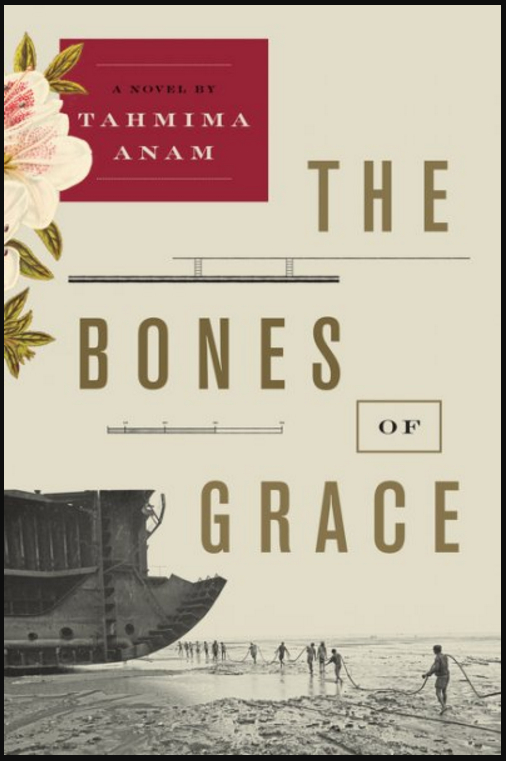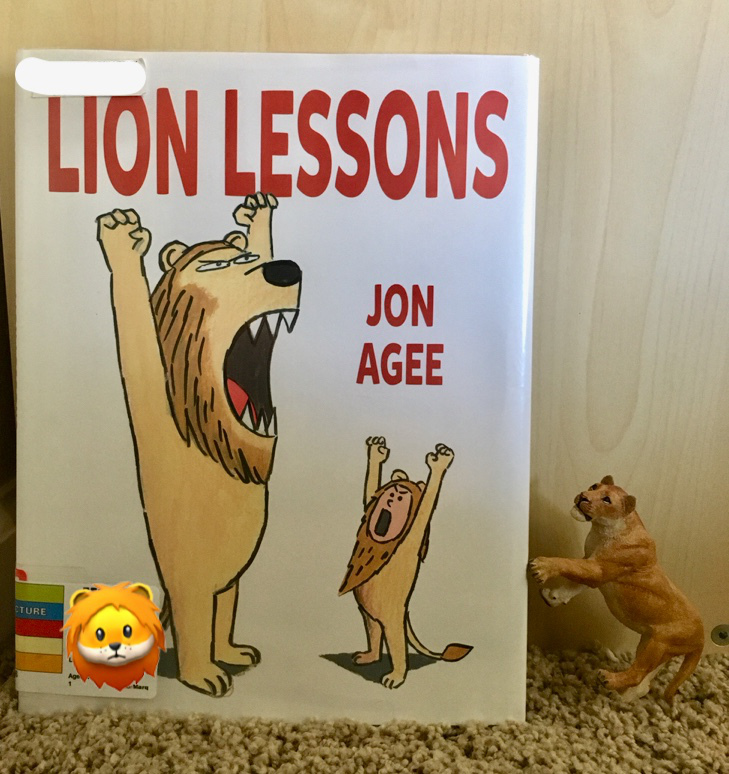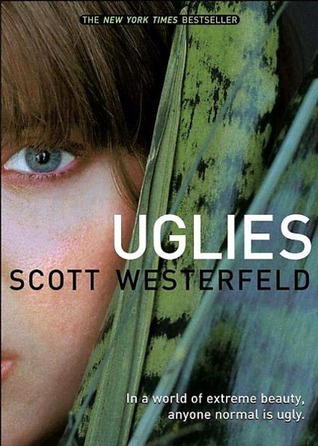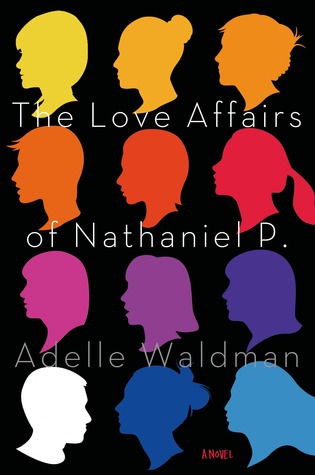Today I’ve invited Donna Russo Morin to Ascroft, eh? to tell us about her historical series, Da Vinci’s Disciples, and the second book in the series, The Competition.
Welcome Donna. Let’s get started, shall we?
Tell us about your novel.
DRM: The trilogy itself, Da Vinci’s Disciples, is the story of a secret society of women 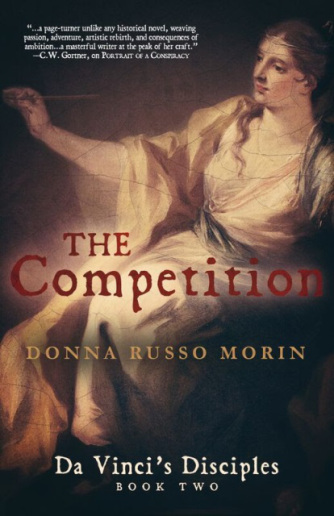 artists, under the tutelage of the great Leonardo da Vinci, who must navigate the treacherous life of 15thcentury Florence while trying to bring their artistry to the world. In the first book, PORTRAIT OF A CONSPIRACY, we learn how da Vinci’s becomes their maestro, and how they became embroiled in one of the largest and most far-reaching conspiracies in all of history, reaching all the way to the Vatican.
artists, under the tutelage of the great Leonardo da Vinci, who must navigate the treacherous life of 15thcentury Florence while trying to bring their artistry to the world. In the first book, PORTRAIT OF A CONSPIRACY, we learn how da Vinci’s becomes their maestro, and how they became embroiled in one of the largest and most far-reaching conspiracies in all of history, reaching all the way to the Vatican.
I knew I wanted the second book in this trilogy to be a little more personal, get into the lives of these courageous women, and da Vinci himself, a bit more deeply. Oh, they are still daring to go where women had never gone before in the Renaissance, and they put everything on the line for the love of their art—their marriages, their family relationships, even their lives—to do it, to bring their work out into the open, no matter the consequence. But in THE COMPETITION, I’ve pulled back more of the layers of their lives and the secrets they may hold. Desire love is brought to fruition, desire is ignited, disastrous illnesses change lives, and familial condemnations are shattered. All set amidst the glory that is Florence during the Renaissance. THE COMPETITION, in a nutshell, captures the moment when the women dare to come out of hiding. Not only do they dare to openly bid on a fresco commission (the method by which artists of the time received jobs), they win. What happens next are the consequences of their daring.
What prompted you to write about this historical event?
DRM: My work was starting to include more and more artists, especially those of the Renaissance. But as I have done with all my books, I wanted to illuminate the period through the lives of women, women who dared to do the unthinkable. In this case, to be a part of the artistic revolution that came to be known as the Renaissance. At the same time, I was going through a horrific divorce that lasted years. If not for my female friends, I’m not sure I would have made it through. The Da Vinci’s Disciples trilogy is nothing if not an homage to the power of female friendships, a bond that is unlike any other. It is all there, both the good and the bad of how women are with each other, and what they can accomplish when they are united. And while the women are not based on actual historical figures, each and every one is based on actual women, myself included.
How closely did you stick to the historical facts? If you used them loosely, how did you decide whether to deviate from them?
DRM:I’m a bit fanatical about keeping as close to the historical facts as possible. For me, the craft becomes writing my story around those true events. The only time I fiddle with history is when I condense it in order to write about the entirety of the event without producing a 600-page book.
What research did you do for this book?
DRM: I am a self-proclaimed history geek, I adore the research process. Typically, if I’m under a contract that calls for a book a year (which I’ve been under for three years), I’ll conduct both academic and hands-on research for nine months and then I’ll write for three.
For the Da Vinci’s Disciples trilogy, I spent time in art classes painting (attempting to). The art department at my state’s university helped a great deal in teaching me how paints were made during the time of the Renaissance. I’ve always been in love with art and artists, so the union was a good one.
Just as an aside, for my first book I learned to fence and for the second I learned to blow glass. For my third book I learned to use a bow and arrow; something I came to love so much, I own my own bow and target shoot whenever I get the chance. For my fourth book, I took dagger-fighting lessons, which ended up coming in handy for this trilogy as well. Reading about fencing or shooting a bow is typically written from a male perspective. I wanted to detail how it would feel for a woman to do the same…how muscles not typically used for such activities would feel. I hope it gives my work the authenticity I strive for.
Do you use a mixture of historic figures and invented characters in the novel. Which is more difficult to write? Which to you prefer to write and why?
DRM: My protagonists have always been fictional characters thrust into factual events surrounded by historic figures. I think there is a bit more freedom in this method; my fictional characters can do whatever I want them to. Historic figures, in my mind, need to be written to match their lives.
I am planning on writing my first biographical historical novel. I am interested in learning which one is more difficult myself.
In an historical novel you must vividly re-create a place and people in a bygone era. How did you bring the place and people you are writing about to life?
DRM: Research, research, and more research. I especially love when I can find documentaries on the event or on a specific person. With their budgets, they are able to gather enormous amounts of data from highly regarded specialists that can put you right in the moment. It becomes my job to turn that into a novel.
I see my stories visually, like a movie playing in my mind. I allow my mind’s eye to wander as much as it pleases and then I attempt to turn those visuals into words that are well crafted enough to become visuals in my readers’ minds.
There often seems to be more scope in historical novels for male characters rather than female characters. Do you prefer to write one sex or the other. And, if so, why?
DRM: It seems to have become my intent, though it was not done purposefully so, to tell HERstory. Perhaps it has a lot to do with the fact that my formative years were in the 1960s. The history taught in schools is what I like to call ‘White Man’s History.’ It was predominantly written by white men for white men. To think that the freedoms and opportunities available to modern women just magically happened is somewhat naïve. Though we still have a long road ahead, there are these women, women whose names have been lost in the passage of time, who dared to do the unthinkable. We stand on their shoulders, and it is my pleasure to shed a bit of light on their lives.
Thanks for answering my questions, Donna. I’m also keen to discover women who are lost to the history books so I’ll enjoy this series.
Readers can learn more about Donna and her writing by visiting her website at www.donnarussomorin.com. You can also connect with her on Facebook and Twitter
Her books are available on various online retailers, including
Amazon | Barnes & Noble |About Donna Russo Morin: Donna earned two degrees from the University of Rhode 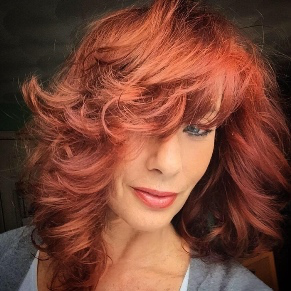 Island. In addition to writing, teaching writing, and reviewing for literary journals, Donna works as a model and actor; highlights of her work include two seasons on Showtime’s Brotherhood and an appearance in Martin Scorsese’s The Departed. Donna is the proud mother of two sons, one a future opera singer, the other a future chef.
Island. In addition to writing, teaching writing, and reviewing for literary journals, Donna works as a model and actor; highlights of her work include two seasons on Showtime’s Brotherhood and an appearance in Martin Scorsese’s The Departed. Donna is the proud mother of two sons, one a future opera singer, the other a future chef.
Donna’s titles include The Courtier’s Secret, The Secret of the Glass, To Serve a King, The King’s Agent, Portrait of a Conspiracy, and The Competition.
Donna enjoys meeting with book groups in person and via Skype chat. Visit her website.
Advertisements Share this:
